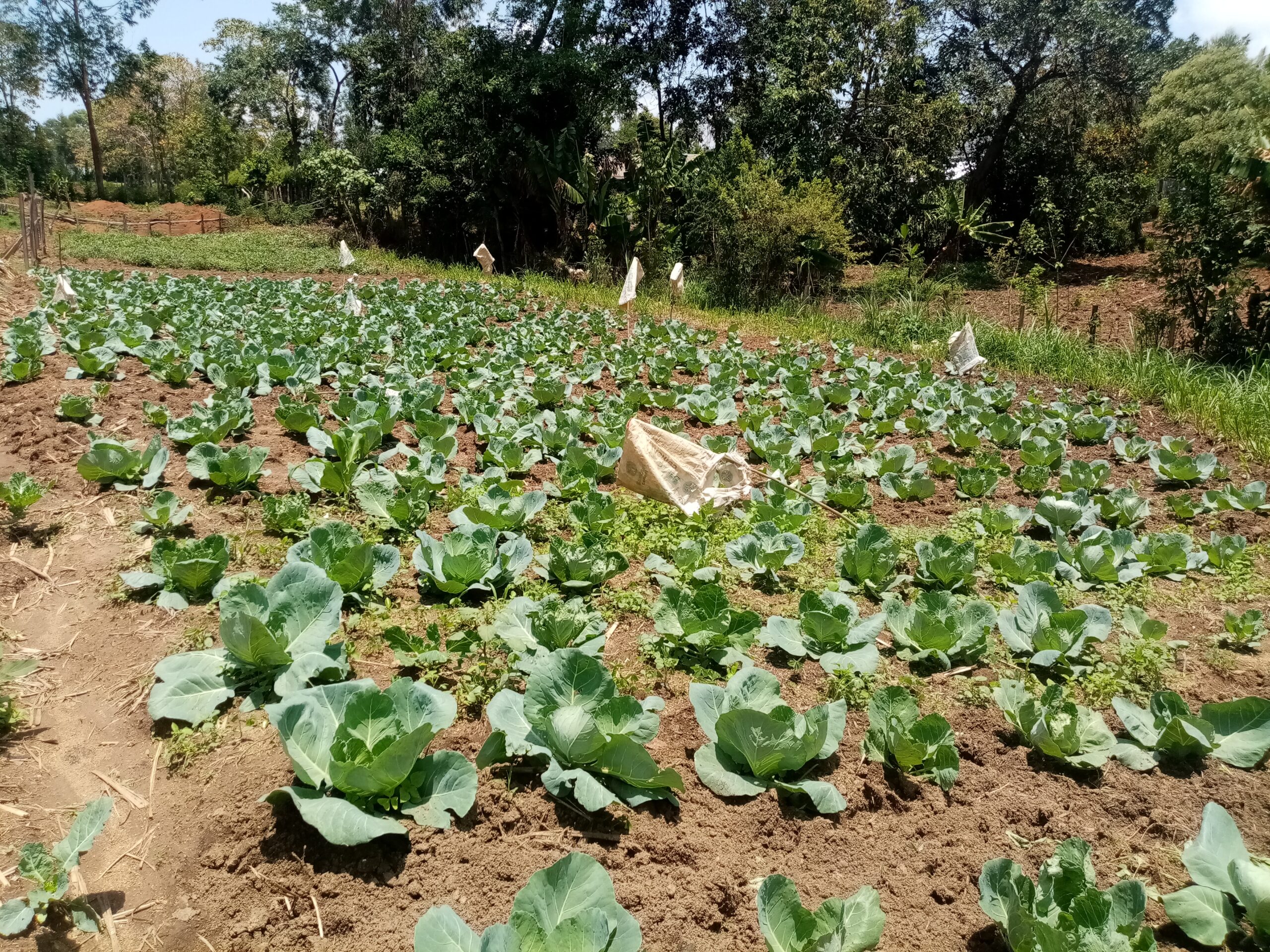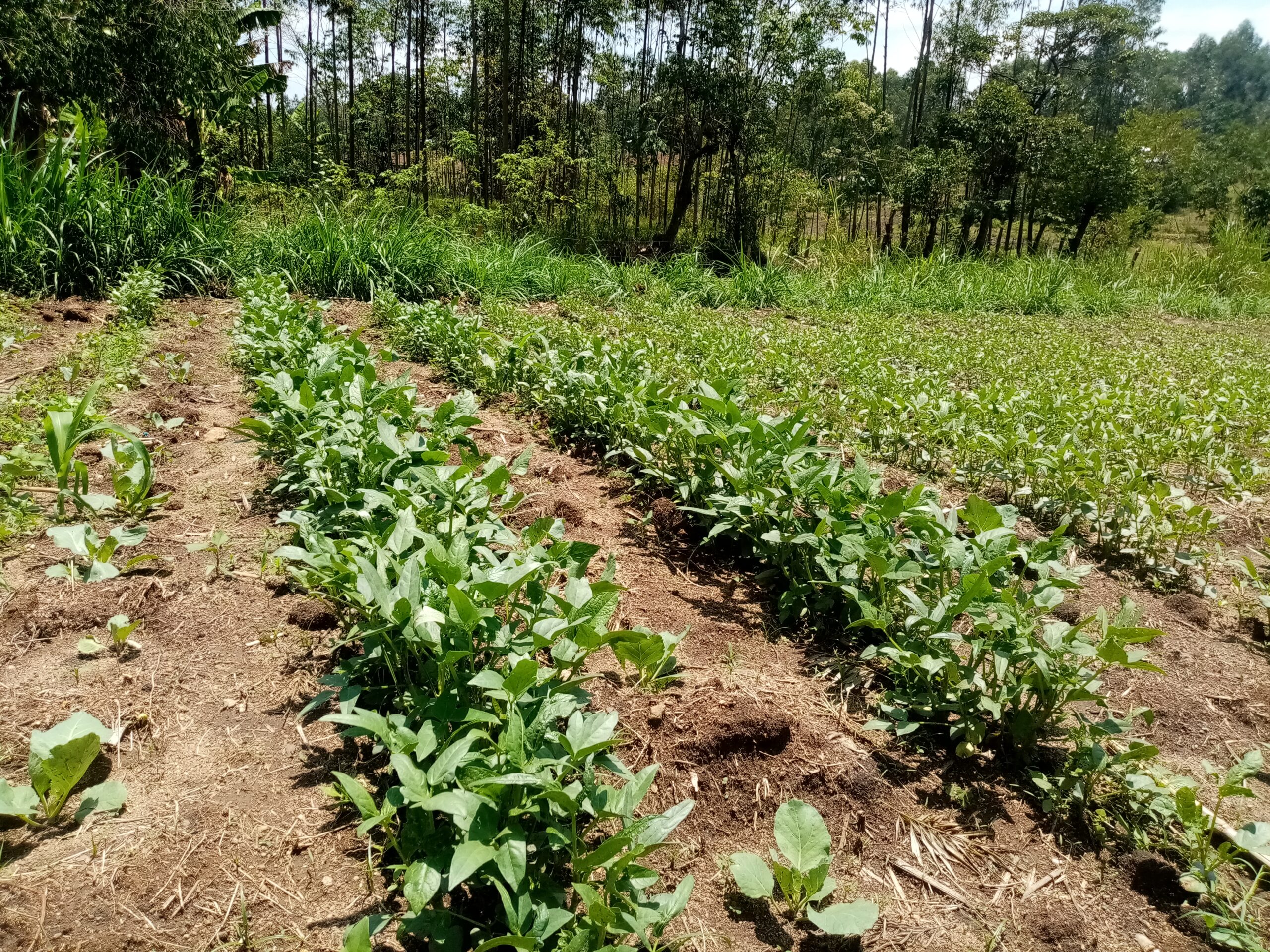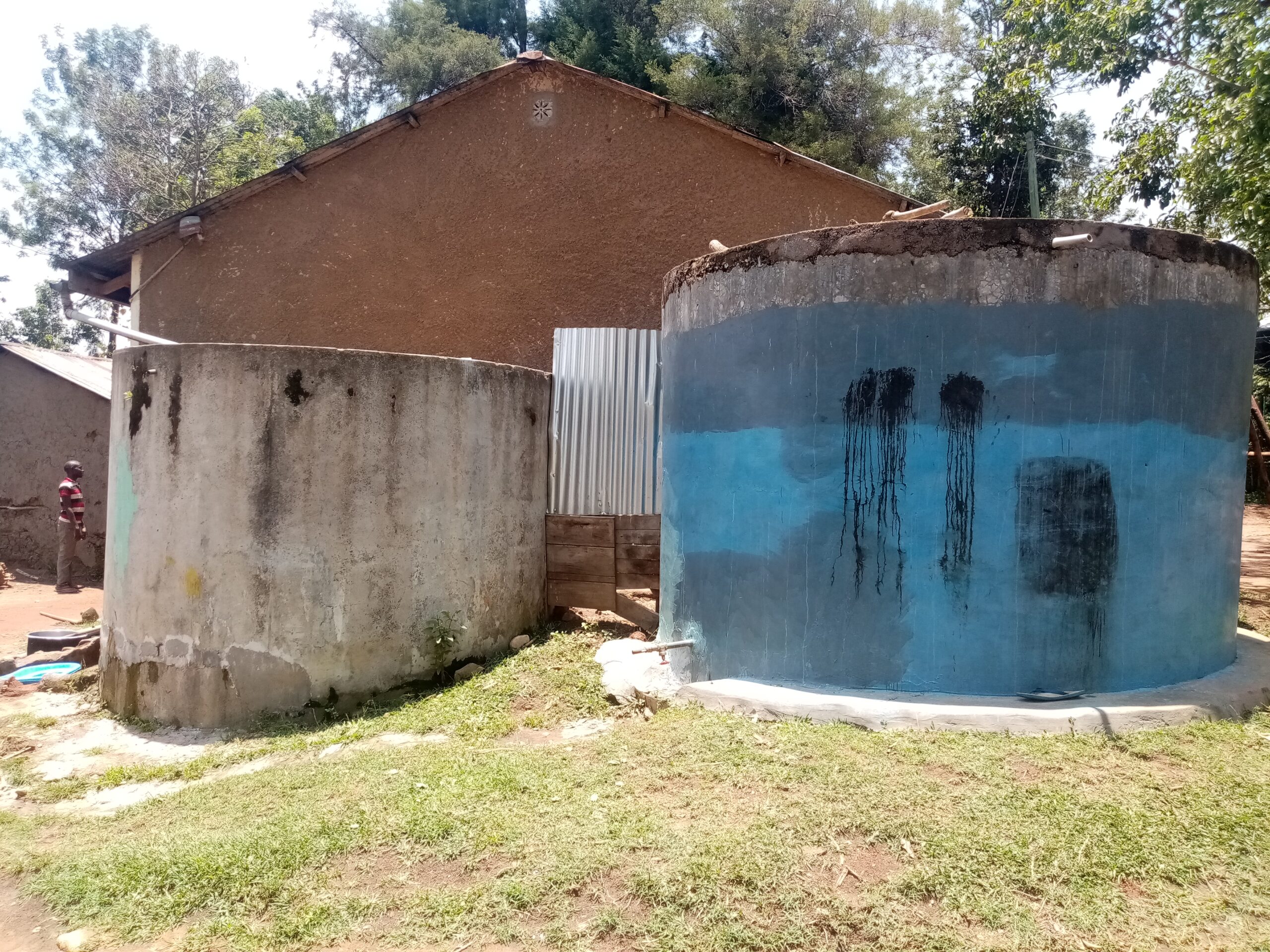By Sharon Ambani
The world’s population is projected to rise to 9 billion people by 2050, hence need for more food production to support the ever-growing population. The effects caused by climate change and variability, especially the drought currently being experienced in the country, poses a threat to agriculture which leads to food shortage.
The availability of sufficient water is crucial in agriculture as it boosts food growth and production. Many farmers in the country depend entirely on rainwater to sustain their agricultural activities.
However, most of them have been greatly affected by climate change which has impacted the frequency, amount, and predictability of rain with several parts of the country currently facing severe drought for over a year now.

Kakamega County is one of the areas that receive a lot of rain in the country. This is attributed to the existence of the only tropical rainforest in the country; the Kakamega Rainforest. According to the Meteorological Department, this region has recorded very little rainfall in the months of January and February which is below the Long Term Mean for the two months in previous years.
Lack of enough rain for over two months now in the Kakamega region has posed a challenge of inadequate food, especially for vegetables. Lavenda Akinyi, a resident of Kakamega town, expresses the strain she gets to buy enough vegetables for her family as the scarcity of this product in the market has led to an increase in its price.
While many farmers put a hold on farming during the dry season, Lechama Sanga a vegetable farmer from Shibuli Village, in Lurambi constituency of Kakamega County in Western proceeded with his business as usual.
Sanga ventured into planting different types of vegetables to meet the local market needs, besides earning money to support himself. After thirty years of seasonal farming, Sanga diverted to irrigation farming in 2016 when he dug a well in his compound and purchased a ten-thousand-litre water storage tank.
“I do horticulture farming. I cultivate various vegetables from cabbages, kales, cowpeas, African nightshade to tomatoes which I supply to my neighbours and two markets near me. I used to depend on rainwater since I started farming in the ’80s. I noticed I reaped very little from my farm,” said Sanga
He added : “In 2016, I decided to dig a well and bought a 10,000 Litre tank. I later bought a 14,000-litre tank to boost water storage. I use electricity to pump water from the borehole into the tanks. I then allow water to flow to my farm easily through pipes with the help of gravity,” Said Sanga
With the knowledge and skills he acquired while teaching Agriculture in school, the now-retired teacher has expanded his agribusiness project hence benefiting him and his family.
“Since I embraced irrigation, I have seen a difference. If well done, I earn about 250,000 Kenyan shillings per harvest season. I have used the money to purchase more land and sustain my family.” He added.
The United Nations’ Sustainable Development Goal 2 seeks to end hunger and malnutrition through achieving food security. Target 2.4 of this goal states that by 2030, countries should have adapted sustainable food production systems and resilient agricultural practices to help increase food production amidst calamities caused by climate change such as drought.
According to the scientific advisor to the secretariat of the 9th World Water Forum in Dakkar Dr Boubacar Barry, the adaptation of irrigation farming will greatly benefit Kenya and Africa at large in tackling the many challenges facing people including hunger and poverty.
Dr Boubacar, however, says that to achieve the goal of food security in the region, irrigation needs to be farmer-led. He calls on agricultural stakeholders to train small-scale farmers on the need to adapt and develop irrigation as a culture.
“Most small-scale farmers are not integrated into irrigated agriculture. They are used to rainfed cropping systems. Now they have to revert to a new type of system which is somehow different and requires some work that they are not used to.
We need to let them understand what is irrigation, and what benefits they can have from irrigation, when to irrigate, how much to irrigate, what type of seeds they should plant, the amount of fertilizer etcetera.”
His sentiments were backed up by the Kenya National Farmers’ Federation (KENAFF) Kakamega branch chairperson, Habakkuk Khamala who says it will be difficult for farmers to reap from their irrigated farms if they do it blindly.
He also states that small scale farmers face a financial challenge in purchasing the appropriate farm inputs such as solar water pumps due to their little income.According to a report from the World Food and Agriculture Organization, the agriculture sector consumes about 70 per cent of the available water worldwide. Therefore, farmers require the know-how of efficient water production, storage and management.

Growing vegetables in a farm
Speaking at a workshop for training East African journalists on reporting on water issues in Africa, Simon Thuo from the Alliance for Global Water Adaptation stated the need to maximize on the amount of rain Kenya receives by educating farmers on rain water harvesting and storage rainwater. This will help in sustaining agriculture during dry season as the same time reducing the burden put on rivers and over digging of boreholes.
In January this year, the national government through the Ministry of Water, Sanitation and Irrigation launched National Irrigation Services Strategy 2022 – 2026 that is aimed at increasing irrigated land in the country.
Speaking at the launching event in Nairobi, the Cabinet Secretary in charge of the docket, Alice Wahome, said that the government had budgeted 389 billion Kenyan shillings to be used in the construction of irrigation infrastructure, capacity building and water harvesting and storage.
This will help in reaching the set target of 1.9 million acres of irrigated land in the country at the end of the 5-year plan.While attending the annual Kakamega Farmers Day with the Governor that was held on February, 22nd 2023 at Bukura Agricultural Institute, the Kakamega County Governor Fernandez Barasa assured farmers that his government will invest in developing climate-smart agriculture and irrigation to ensure that farmers benefit from increased yield.

“Irrigation is key in ensuring food security and improved household income. Given this, my government is supporting crop production through irrigated farms and the Kenya Climate-Smart Agriculture Project. This will ensure a consistent supply of horticultural crops such as vegetables throughout the year.” Said Governor Barasa.
Agriculture plays a key role in boosting a country’s economy, reducing poverty, and also achieving food security and good nutrition. The sector contributes to about 24 per cent of the national income, with 80 per cent of Kenyans depending on agriculture for their livelihood.
The sustainable implementation of this agricultural method is said to be of benefit to the nation, more so in eliminating hunger and poverty as well as water conservation among other United Nations Sustainable Development Goals.
This story was produced and published in collaboration with Africa21 and the Water Diplomat.




